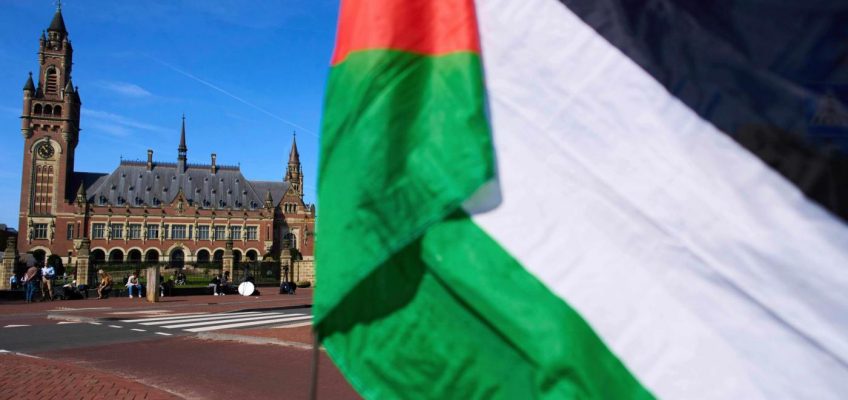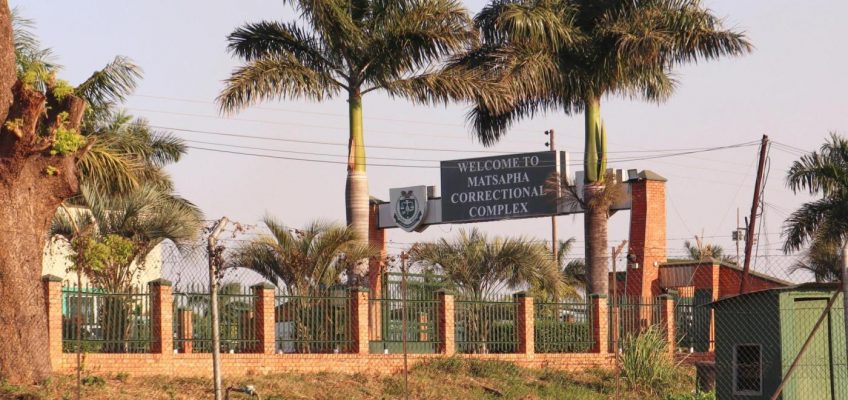By Tyrone Beason, Los Angeles Times
There are many stresses that come with being an LGBTQ+ youth: fear, isolation, bullying, feeling as if the world hates you, loved ones pressuring you to change.
Related Articles
Anti-science bills hit statehouses, stripping away public health protections built over a century
Who benefits from the MAHA anti-science push?
Music could help ease pain from surgery or illness. Scientists are listening
What Americans think about rising health care costs, according to a new poll
When does daylight saving time end this year? Turn the clocks back soon
Those realities come into sharper view in the first release of findings from an ongoing study by the Trevor Project to track the mental health of about 1,700 youth across the U.S. over an extended period of time.
Researchers from the West Hollywood, California-based nonprofit saw a sharp increase in mental distress among the participants. Over the course of one year, the proportion of participants who reported anxiety symptoms rose from 57% to 68%.
As political rhetoric in the last couple of years has boiled over on issues such as teaching about LGBTQ+ identity in schools, transgender students playing on sports teams and whether to allow gender-affirming care, the share of youth who said they’d experienced symptoms of depression rose from 48% to 54%. Those reporting having suicidal thoughts went from 41% to 47%.
Transgender and nonbinary youth were nearly twice as likely to say they’d struggled with anxiety and suicidal thoughts than their cisgender peers — a pattern that held steady throughout the first year of data collection on participants in this group.
“This allows us to clearly and unequivocally document what we know to be true: The manner in which LGBTQ+ youth are treated in this country harms their health and risks their lives, and it is only getting worse,” Trevor Project CEO Jaymes Black said in a statement.
Even in California, a state that’s considered a haven for trans people, the climate seems to be shifting. In a surprising move for an elected official who has proclaimed support for the trans community, Gov. Gavin Newsom recently vetoed a bill that would have required 12 months of hormone therapy coverage for transgender patients in California, citing cost concerns.
Another striking finding in the study: an increase in the proportion of youth who said they’ve faced pressure to undergo “conversion therapy,” a controversial and scientifically dubious counseling process that its advocates claim can suppress or erase same-sex desire, change the gender identity of youth who identify as trans and discourage those are questioning.
The National Alliance on Mental Illness calls conversion therapy “discredited, discriminatory, and harmful,” and supports bans on a practice it says can damage, not improve, the mental health of those who undergo it. California became the first state to ban the practice in 2012.
But reports of being threatened with conversion therapy doubled in the first year of tracking, with 22% of respondents saying they experienced this intimidation, up from 11% at the start of the study. The percentage of those who said they’d been exposed to conversion therapy in some way climbed from 9% to 15%.
The findings come as the Supreme Court hears arguments in one of the most closely watched cases of its current term. In Chiles vs. Salazar, a Christian counselor has argued that Colorado’s ban on conversion therapy for LGBTQ+ youth violates her free speech rights in voluntary therapy sessions with questioning minors. Members of the court’s conservative majority, who prevailed earlier this year in a decision upholding a Tennessee ban on gender-affirming care for minors, openly voiced skepticism about the Colorado ban in hearings this week. The court’s decision is expected to rule in case by the end of its session in June.
“Many people believe it to be a relic of the past, but the data indicate that these dangerous practices are still happening,” said Dr. Ronita Nath, Trevor Project’s vice president of research. She added that threats of and exposure to conversion therapy contributed to future depression and suicidal thoughts among study participants.
The researchers started recruiting in September 2023. Each participant filled out mental health surveys every six months after joining the study.
This is the first time that the Trevor Project has monitored changes in queer youth mental health over such a long period. Nath said this type of sophisticated, long-range study is important for public health providers and policymakers alike because it provides fresh evidence of a cause-and-effect link between societal risk factors — such as pressure to undergo conversion therapy and a lack of access to affordable mental health services — and future crises.
“Societal and structural conditions are driving these mental health outcomes, not just coinciding with them,” Nath said.
The study did identify some positives: The percentage of LGBTQ+ youth who reported feeling supported at school rose from 53% to 58% over the course of the first year. Also, 73% of participants said they sought help from friends, up from 45% at the beginning of the first year.
Many who took part in the study, however, said they avoided seeking care either because they couldn’t afford it or because they worried they’d be stigmatized for having a mental health crisis.
Only 60% of respondents said they had access to mental health services by the end of their first year in the study, down from the 80% at the start of their tracking.
On the other hand, 75% of those who did get counseling over the course of their first year in the study said they benefited from it, up from 61% at the start.
The proportion of youths who said they sought help during suicidal episodes doubled to 64% in that time frame, though, which points to the increased level of distress youths experienced in that span, Nath said.
©2025 Los Angeles Times. Visit latimes.com. Distributed by Tribune Content Agency, LLC.




